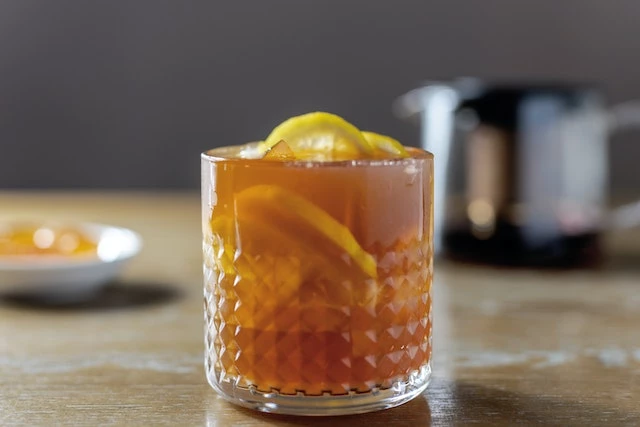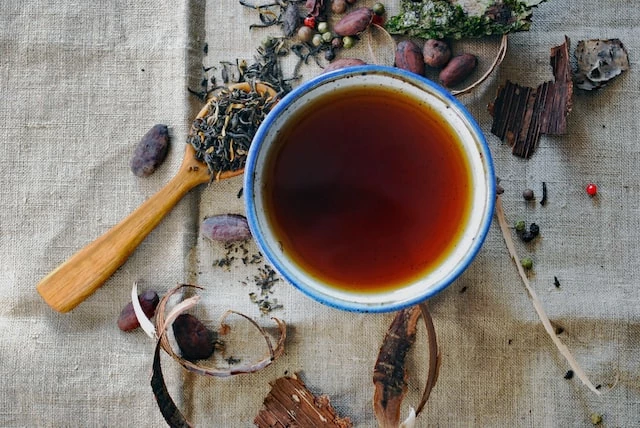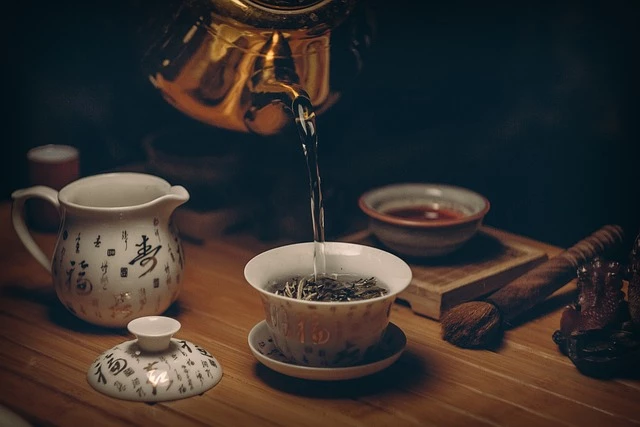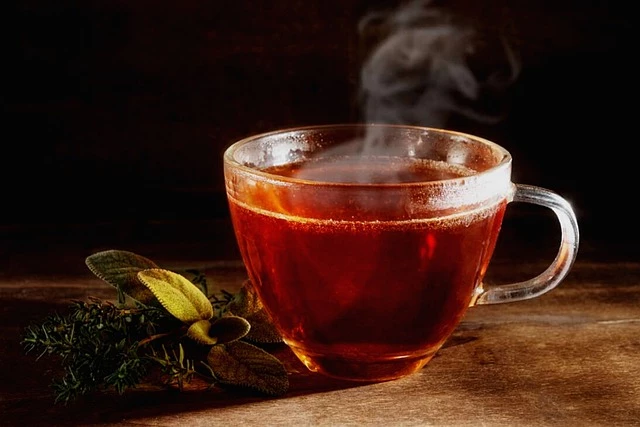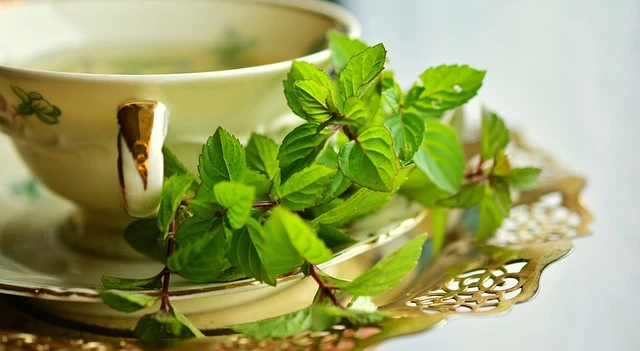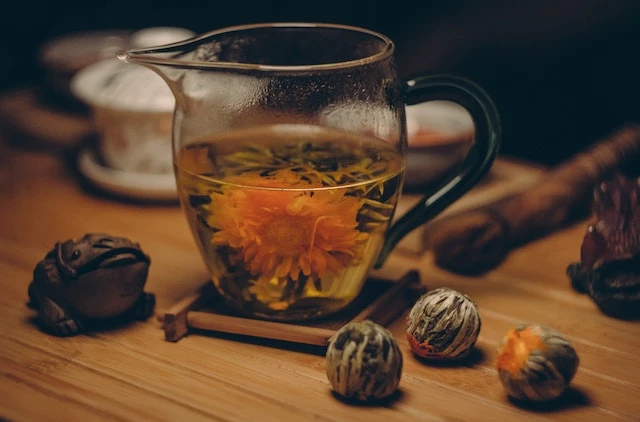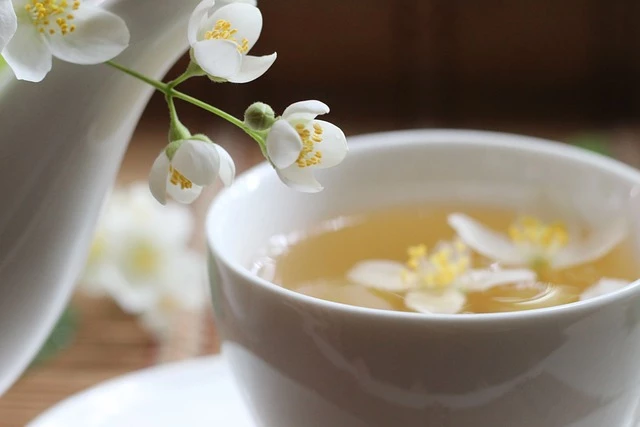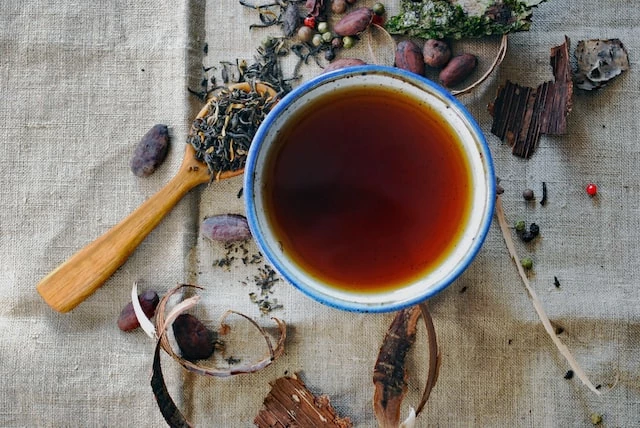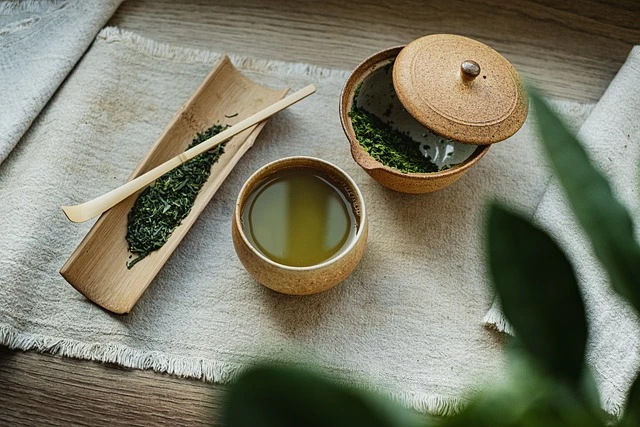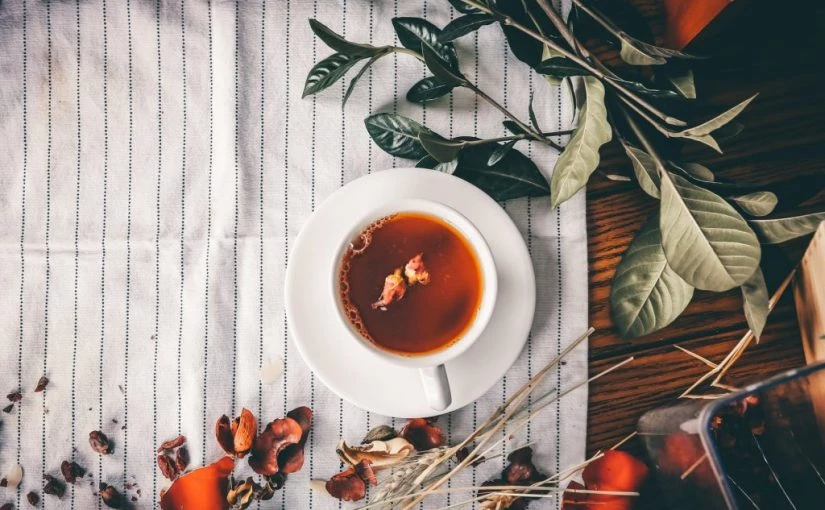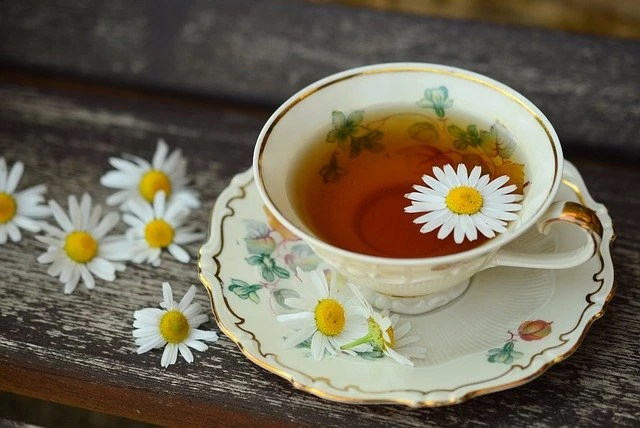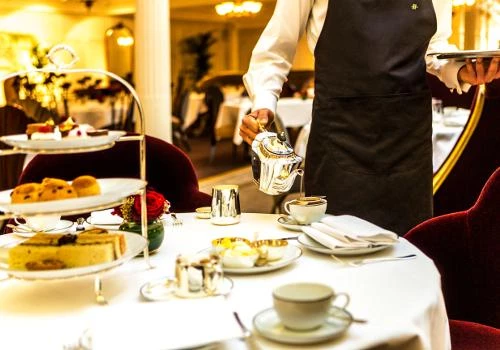Tea By Type: A Comprehensive Guide
Feb 14 2022 Tea Knowledge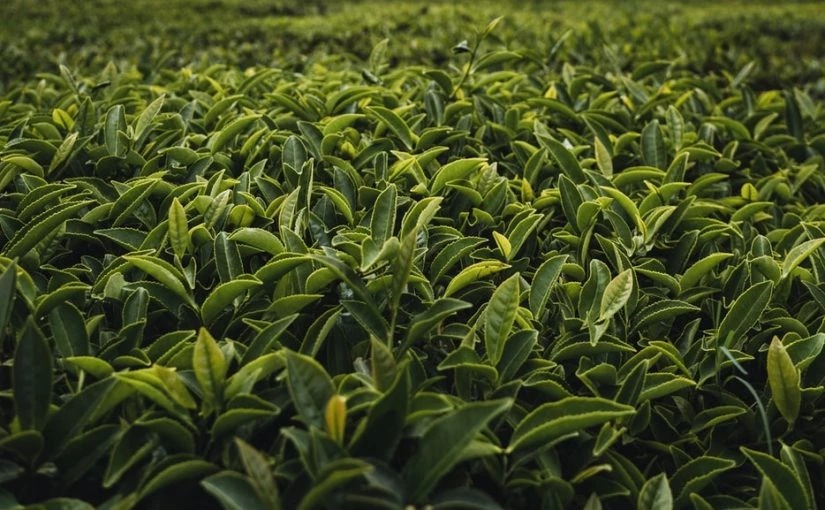
There’s so much more to a cup of tea than just the teabag. A lot goes into cultivating, harvesting, and processing tea. That’s how every tea gets its own unique flavor, benefits, and color.
So let’s get to know each type of tea in depth. We’ll explore how each one is made, what it tastes like, and the health benefits you get from drinking it.
How is tea made?
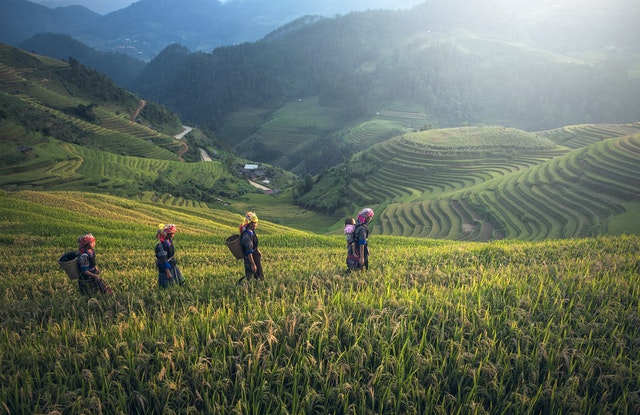
There are three major steps when it comes to making tea. Each one is just as important as the others — let’s take a look.
Cultivate
Most teas come from the Camellia sinensis plant. It’s a kind of evergreen bush that grows in different kinds of climates. But it usually thrives in areas with more acidic soil. And the higher the altitude, the stronger the flavor of the tea when it’s processed later.
Most tea plants take about three years to make leaves. And they’re categorized into three major groups:
Assam
Assam tea leaves are the largest in size.
Cambodian
Cambodian tea leaves are between Assam and Chinese tea leaves in size.
Chinese
Chinese tea leaves are the smallest of all three.
Harvest
Tea leaves are picked, or harvested, from the tea plants. In most cases, only tea leaves that grow within a few inches of the very top of the plant are harvested. This is known as a flush.
Most tea leaves are plucked by hand and then inspected by a tea leaf master. Sometimes tea makers sort leaves by size, type, and appearance during harvest. The inspector tosses out leaves that have signs of damage, and the rest are weighed and sent to process.
Process
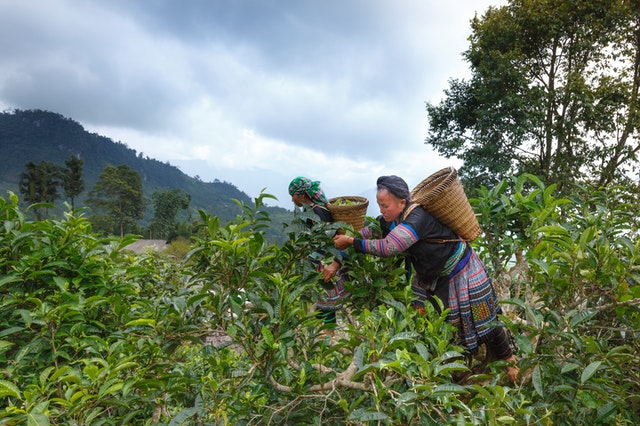
This is where even more magic happens — tea processing. Tea processing withers, dries, fires, shapes, and/or oxidizes tea leaves.
This is what gives different types of tea their signature aromas, flavors, and colors. For example, black tea is oxidized as it’s processed. But white teas and green teas aren’t.
Black tea
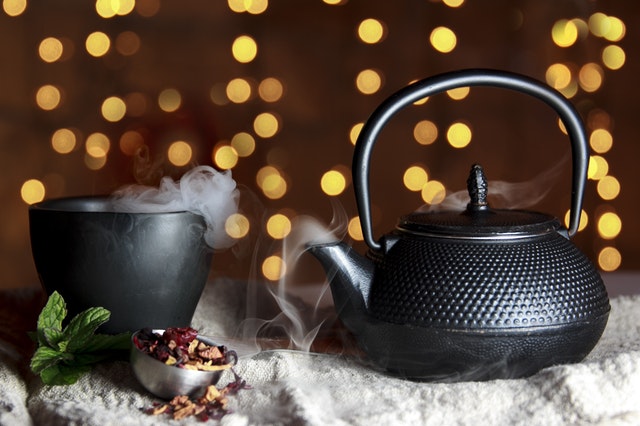
Caffeine Level: 40 mg – 50 mg per 8 oz serving
Flavor Profile:
Type of Tea: True Tea
No matter what kind of tea drinker you are, there’s a good chance you’ve had black tea. It’s an incredibly popular drink for morning energy boosts. And, many black tea lovers enjoy it in the afternoon for a refreshing pick-me-up. It’s a true tea that’s made from the Camellia sinensis plant and then oxidized for color and flavor.
Many black tea drinkers enjoy it hot, iced, in a latte, or with cream and sugar. It’s versatile enough that some people even use it to flavor desserts and baked goods.
Black teas come from regions all over the world. India, Ireland, Kenya — you name a place, they probably grow black tea. And while most black teas share a signature strong and malty flavor, each brew has its own subtle flavors. Start sipping on black tea to reap health benefits including:
- Antioxidant properties
- Supports heart health
- Lowers cholesterol
- Enhances gut health
- Lowers blood pressure
- Decreases risk of stroke
- Lowers blood sugar levels
- Cancer prevention
- Improved focus
- Diabetes prevention
Green tea
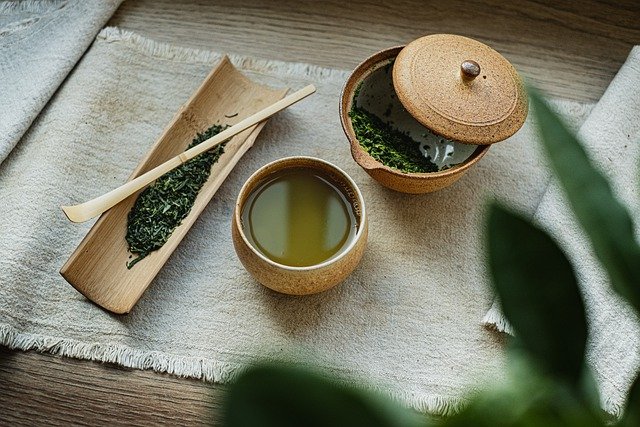
Caffeine Level: 30 mg – 45 mg per 8 oz serving
Flavor Profile:
Type of Tea: True Tea
Green tea is another true tea that’s made from the same plant as white and black tea. It’s a traditional beverage that’s been around for centuries. And it’s not surprising why! It’s delicious and largely considered one of the healthiest drinks in the world.
Although different tea brands have unique flavors, most share the same overall profile. This includes earthy, grassy, vegetal, and nutty tastes. And some green teas have bitter and/or sweet undertones.
Easily drink green tea iced or hot, or in a latte — the choice is yours. Just know that with every cup you’re getting some of these incredible health benefits:
- Antioxidants
- Cancer prevention
- Disease prevention
- Bioactive compounds
- Improved brain function
- Diabetes prevention
- Weight loss and fat loss
- Living longer
Herbal tea
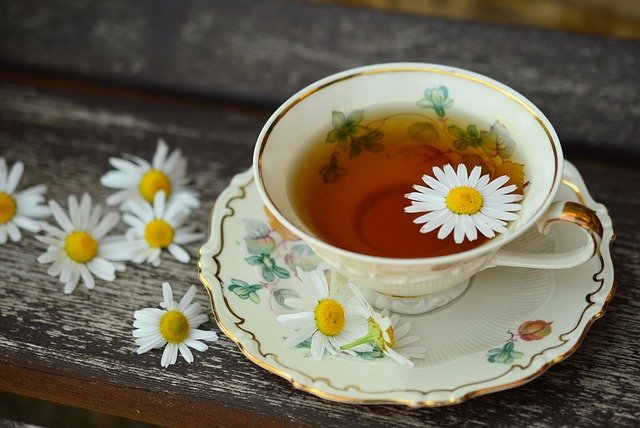
Caffeine Level: 0 mg per 8 oz serving
Flavor Profile:
Type of Tea: Herbal Tea
Herbal tea isn’t a “true tea” like white, green, and black tea. Each herbal tea is made from its own special herb, spice, fruit, or flower. They’re also sometimes made from bushes or other kinds of plants.
In general, herbal teas don’t have caffeine (but there are exceptions). And they’re great for tea drinks who don’t love the morning or afternoon jitters!
Each herbal tea has its own unique health benefits and flavor profiles. For example, chamomile tea is made from dried chamomile flowers. It has a delicate, floral, and bright flavor profile. And it’s great for soothing cold symptoms and aiding digestion.
Ginger herbal tea is made from ginger roots. It has a spicy flavor profile, sometimes paired with citruses like lemon or orange. And it’s best for lowering blood pressure and aiding in weight loss.
Regardless of herbal tea type, you can look forward to benefits like:
- Stress relief
- Allergy relief
- Digestion support
- Headache relief
- Lower blood sugar
White tea
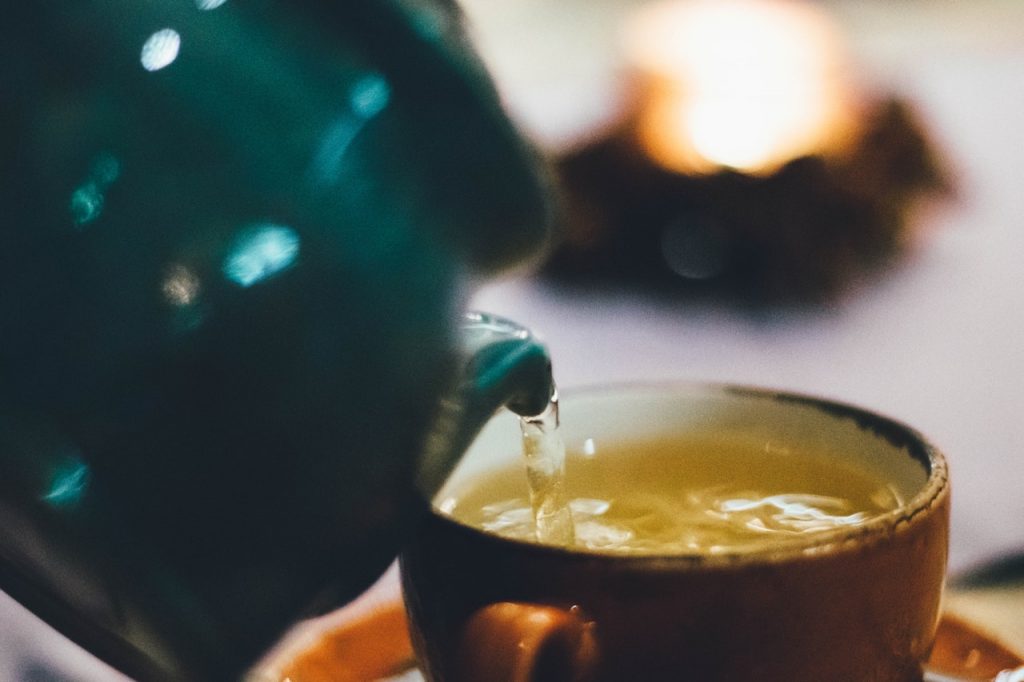
Caffeine Level: 15 mg – 30 mg per 8 oz serving
Flavor Profile:
Type of Tea: True Tea
White tea is a true tea, like green and black tea. But the buds are picked much earlier in the life cycle. This results in a much more mild, delicate, and sweeter flavor profile. It’s considered a delicacy and it’s generally less processed than other kinds of tea.
Many white tea drinkers enjoy it brewed hot — but some prefer an iced brew every now and then. It’s a caffeinated tea, but it has a lower caffeine content compared to most other kinds of tea. This makes it the perfect beverage to enjoy any time of day without the jitters.
Flavor and caffeine largely depend on the brand, steep temperature, and steep time. For example, the longer you steep and the higher the temperature, the more caffeine you yield per cup. And in each cup, you get to enjoy the delicious flavor and these health benefits:
- Antioxidants
- Heart health support
- Weight loss
- Dental support
- Cancer-fighting properties
- Lowers risk of insulin resistance
- Bone health support
- Anti-aging properties
- Reduced risk of Alzheimer’s
- Reduced risk of Parkinson’s
Yerba mate tea
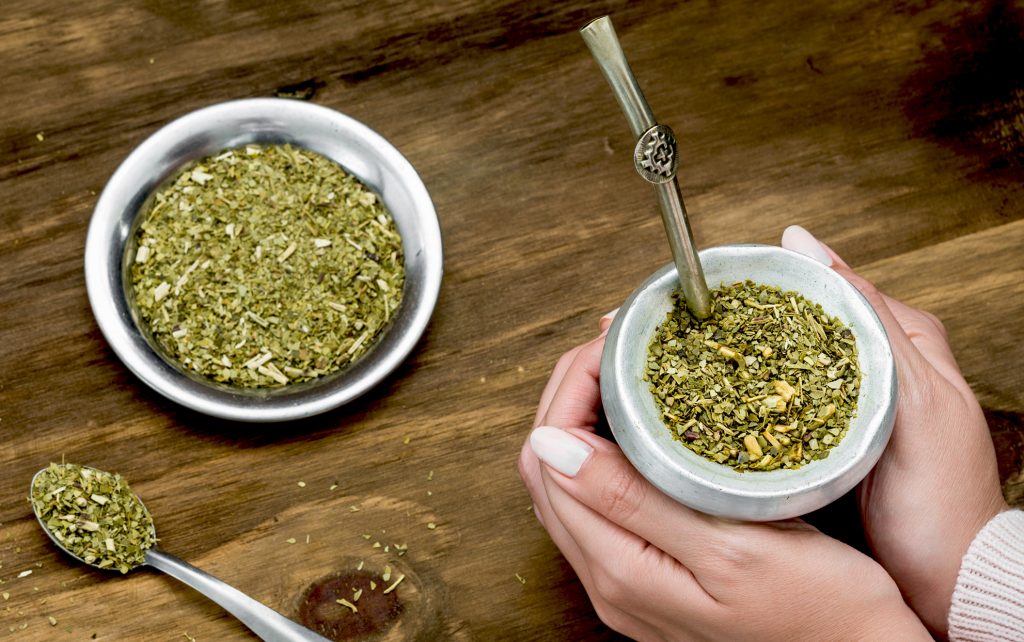
Caffeine Level: 70 mg – 85 mg per 8 oz serving
Flavor Profile: Smoky, Earthy, Vegetal
Type of Tea: Herbal Tea
Yerba mate is a type of traditional South American tea. And although it has caffeine, it’s actually a type of herbal tea. It’s made from the leaves and stems of the Ilex paraguariensis plant. The plant’s leaves and stems are smoked and dried, which gives the tea a delicious and unique flavor as it steeps.
It’s a tasty tea, but it’s also an acquired taste for most yerba mate beginners. But rest assured that the more you drink it, the more you’ll grow to love it.
Yerba tea is usually served in a gourd and sipped through a long metal straw. These straws have filters at the end to catch any excess leaves, stems, or debris. Plus, yerba mate has lots of health benefits including:
- Plant nutrients
- Vitamins
- Minerals
- Polyphenols
- Cancer-fighting properties
- Digestive system support
- Improved memory
- Enhanced focus
Oolong tea
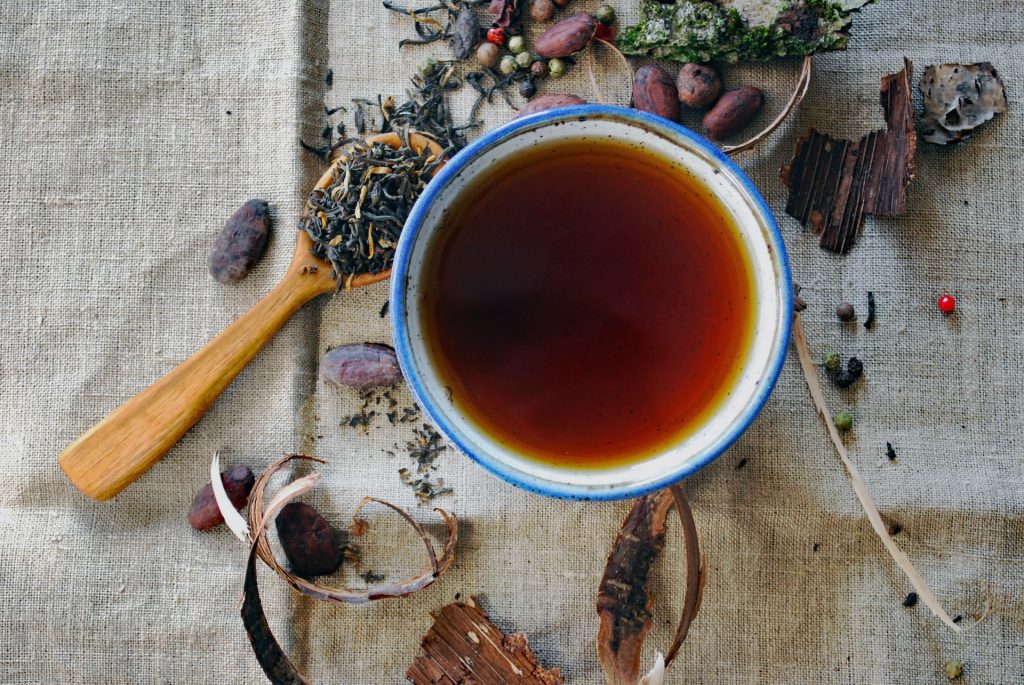
Caffeine Level: 37 mg – 55 mg per 8 oz serving
Flavor Profile: Astringent, Flowery, Light
Type of Tea: True Tea
Oolong tea comes from the very same plant as white, green, and black tea. It’s a traditional Chinese drink with a very special oxidation process. In fact, the way it’s oxidized is what sets it apart from all other kinds of tea.
Oxidation is the way tea leaves are exposed to the air. This helps the leaves darken and dry, and develop flavor profiles. Oolong tea is partially oxidized. For reference, green tea isn’t oxidized at all. But black tea is completely oxidized. Oolong sits right between the two and has a signature slightly astringent taste.
It’s delicious, and nutritious, and only makes up about 2% of tea in the world. Oolong tea drinkers get to enjoy health benefits like:
- Reduced stress
- Weight loss
- Cancer prevention
- Heart health support
- Better brain and cognitive function
- Bone health support
- Skin condition support
Rooibos tea
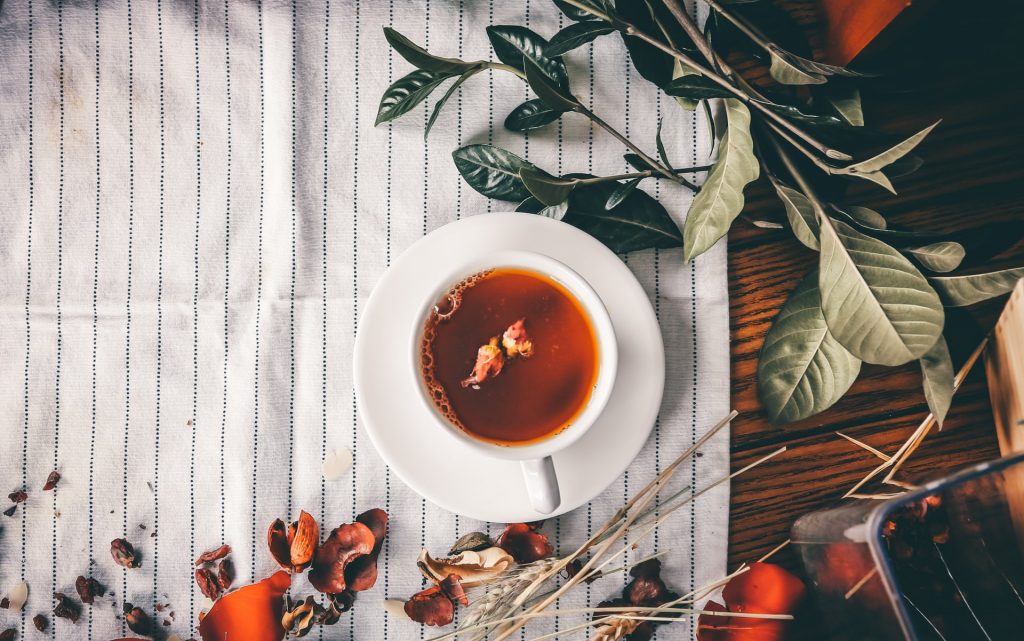
Caffeine Level: 0 mg per 8 oz serving
Flavor Profile: Woody, Nutty, Sweet
Type of Tea: Herbal Tea, Fermented Tea
Rooibos tea, also called red tea, is a traditional South African herbal tea. It’s a fermented tea that’s gaining popularity around the world because of its taste and health benefits. And it’s made from a kind of shrub that grows off the South African coasts.
The rooibos tea leaves are fermented and then steeped. This delivers a rich, signature flavor in every cup. Many rooibos tea drinkers enjoy it served as a latte, with cream and sugar, or pure (with hot water). And since it’s naturally free of caffeine, it’s perfect to enjoy any time of day.
Rooibos tea is also naturally low in tannins and oxalic acid. And it’s known to relieve colic and aid in healthier digestion. Plus, this refreshing brew also delivers other countless health benefits including:
- Supports heart health
- Cancer prevention
- Supports blood sugar levels
- Sleep aid
- Supports bone health
- Relieves headaches
- Relieves allergy symptoms
- Relaxation aid
Pu-erh tea
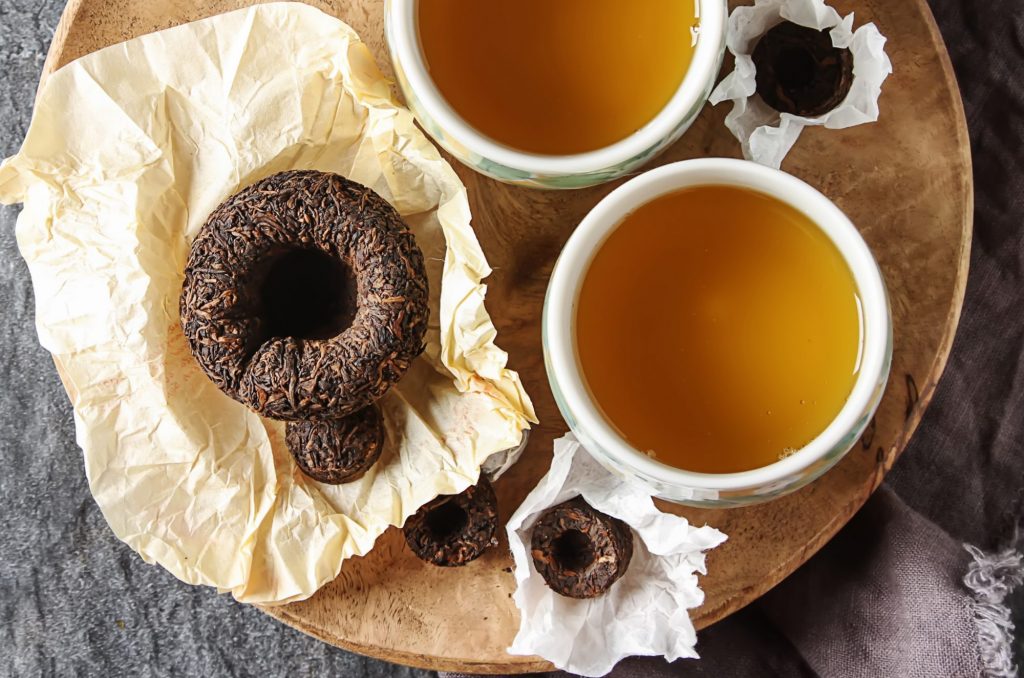
Caffeine Level: 30 mg and 100 mg per 8 oz serving
Flavor Profile: Earthy, Herbal, Woodsy
Type of Tea: True Tea, Fermented Tea
Pu-erh tea is a Chinese tea from the Yunnan Province region. It’s a delicate specialty and it’s available in two forms: raw and ripe.
Ripe pu-erh is what most tea lovers consider traditional pu-erh. It’s picked, rolled, and then fermented as it’s processed. Raw pu-erh on the other hand is dried, aged, then compressed — it skips the fermentation process.
Whether ripe or raw, it’s usually available in a cake or brick. The leaves are then steeped in hot water to make a delicious, unique, and delicate brew. Pu-erh drinkers get to enjoy many health benefits including:
- Weight-loss support
- Lower cholesterol
- Cancer prevention
- Liver health support
- Increased energy
- Heart health support
- Bone health support
- Immune system support
Matcha tea
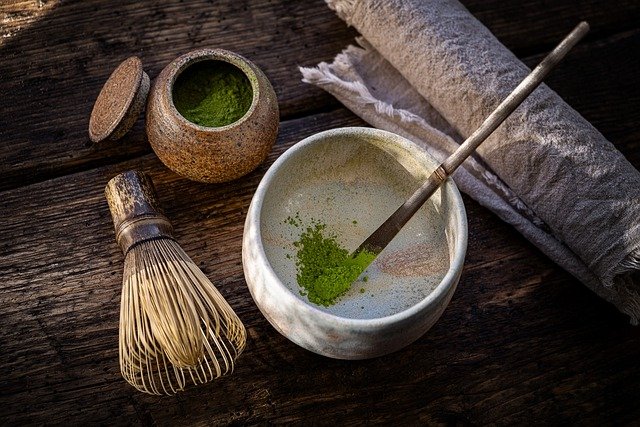
Caffeine Level: 30 mg – 60 mg per 8 oz serving
Flavor Profile: Smoky, Earthy, Vegetal
Type of Tea: True Tea, Powdered Tea
Matcha is a special kind of green tea — and it’s very popular in coffee shops, bakeries, and treats. Many people drink it pure (with hot water) or in a hot or iced latte. Some matcha lovers may add a “shot” of matcha to smoothies or other healthy beverages.
It’s very earthy, sometimes with sweet or bitter undertones. And it’s actually made from ground-up whole green tea leaves. This is why it has more caffeine and health benefits compared to traditional green tea. And, matcha powder is often smooth and packed with lots of vegetal flavors.
Matcha is often grouped into two categories: ceremonial and culinary grade. Ceremonial-grade matcha is a high-quality green tea powder that’s fine enough to enjoy on its own. Culinary-grade matcha is slightly lower quality compared to ceremonial grade. But it has a stronger taste that’s ideal for making matcha-flavored treats.
Many matcha drinkers enjoy it for its taste, texture, and benefits like:
- Heart health support
- Liver health support
- Cancer prevention
- Weight loss
- More energy
- Lower cholesterol
- Reduced risk of stroke
- Reduced risk of heart disease
